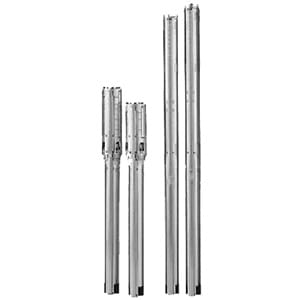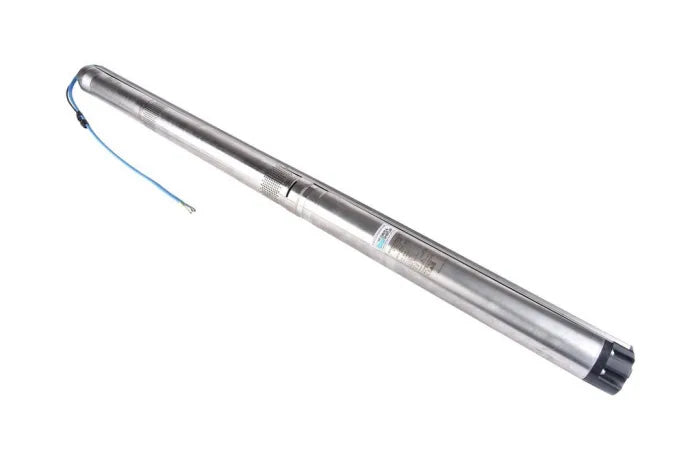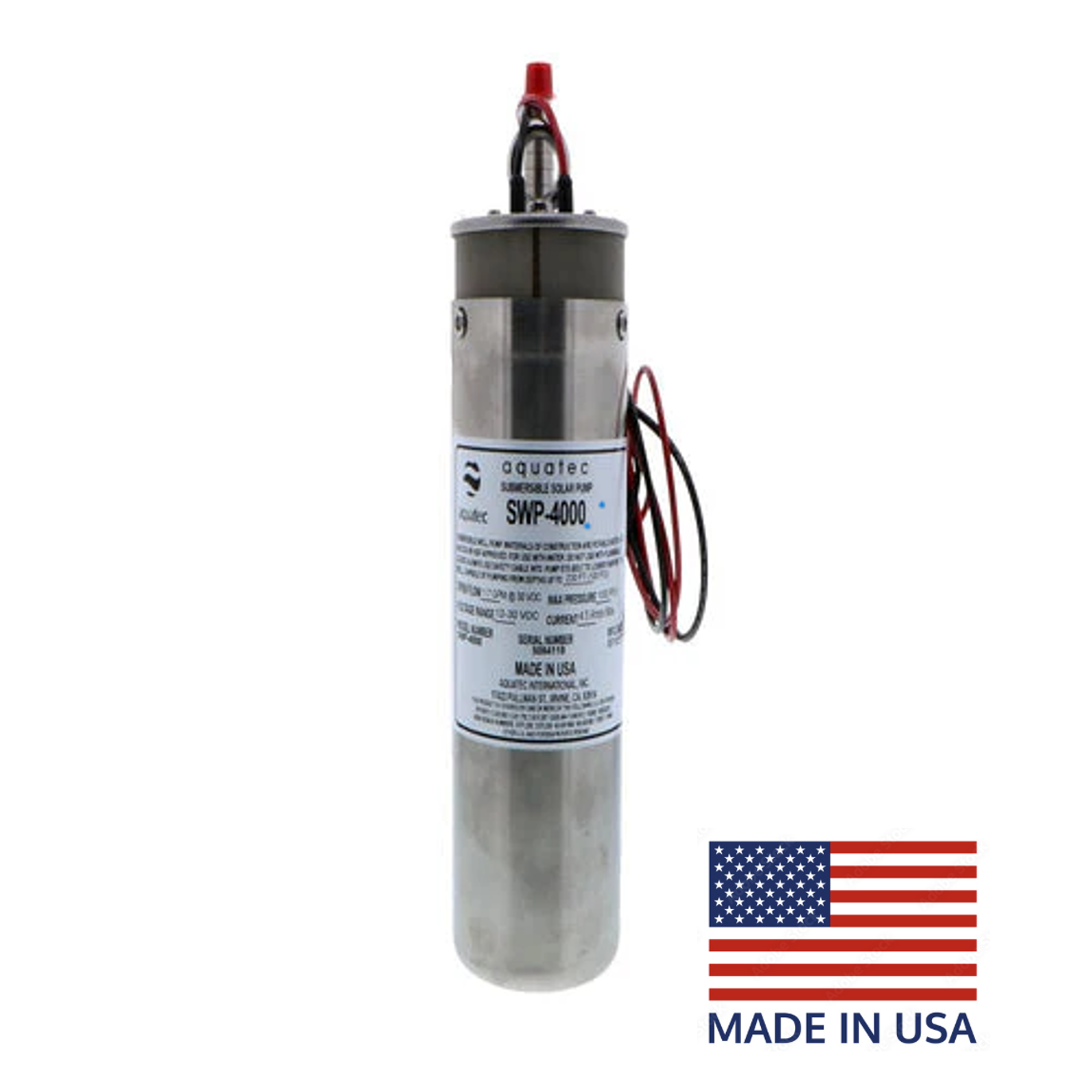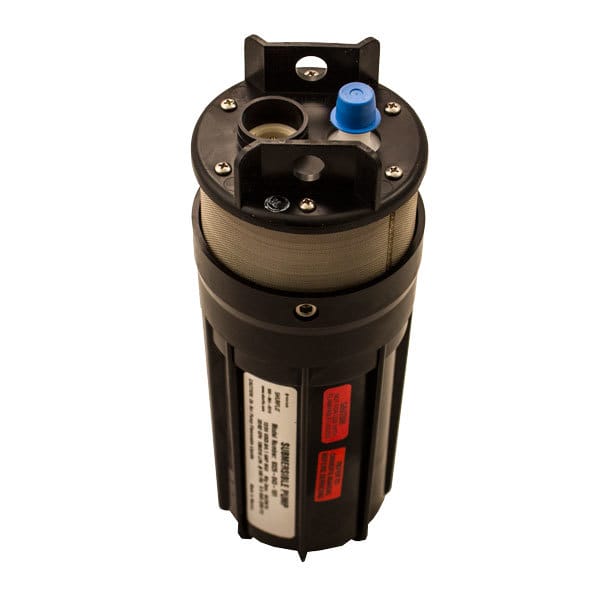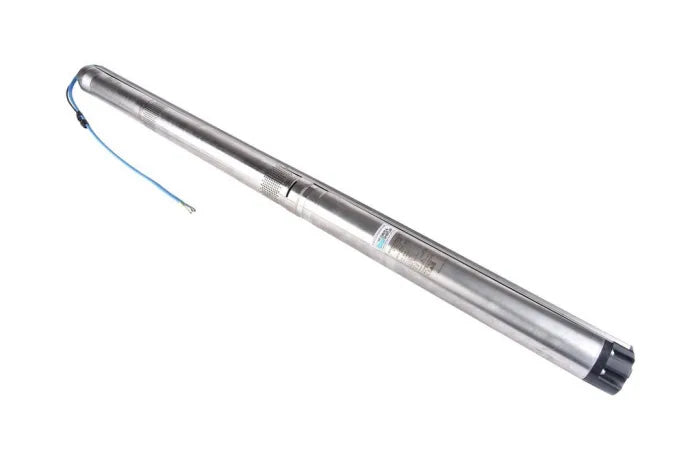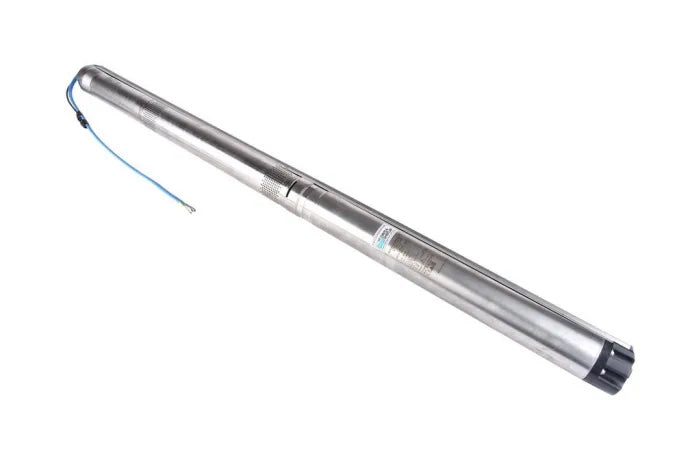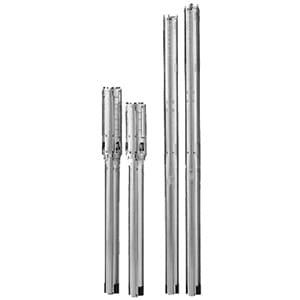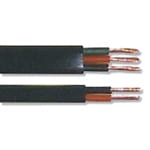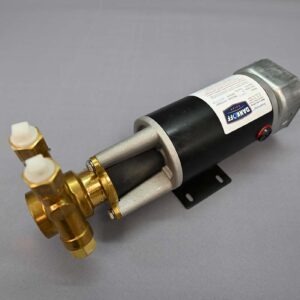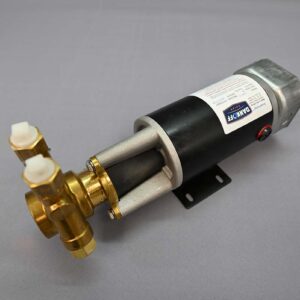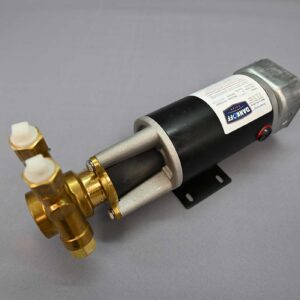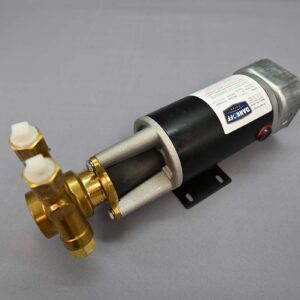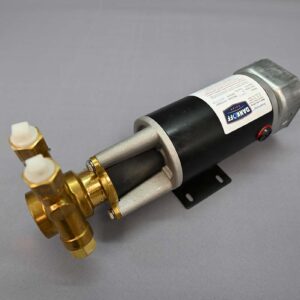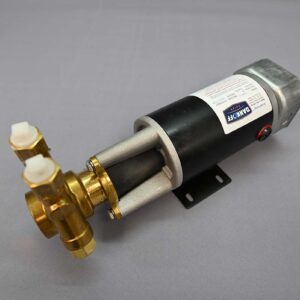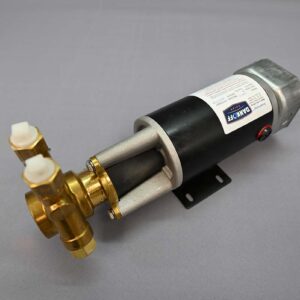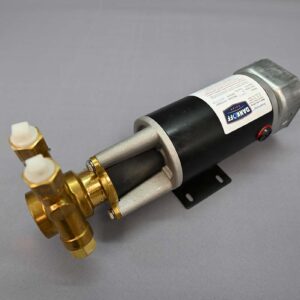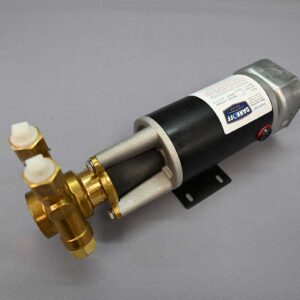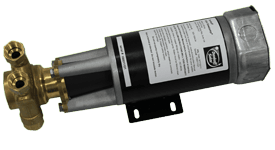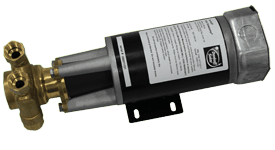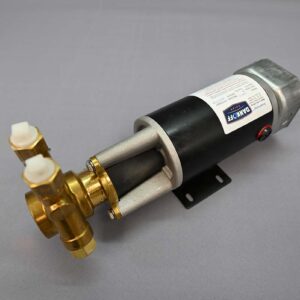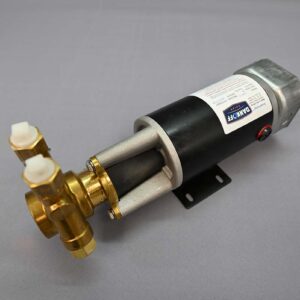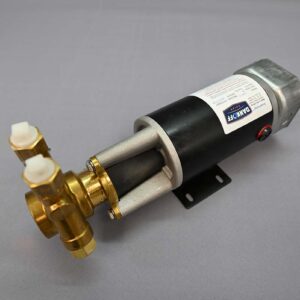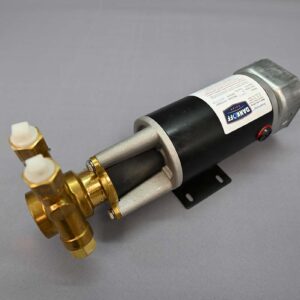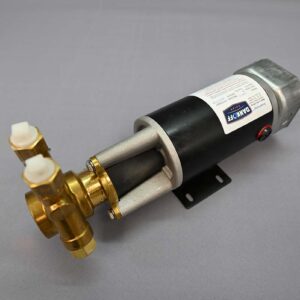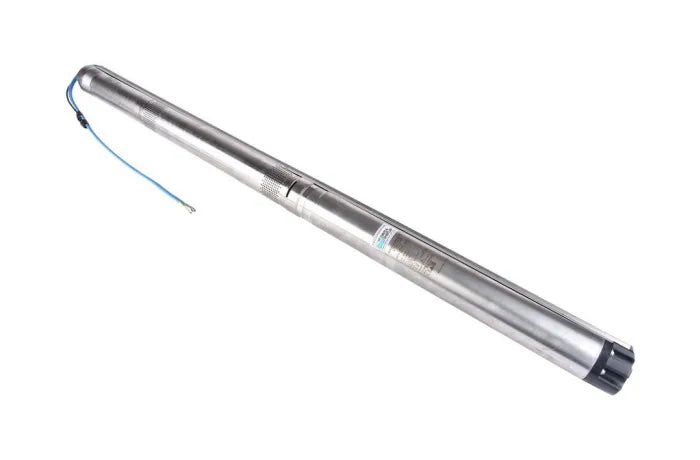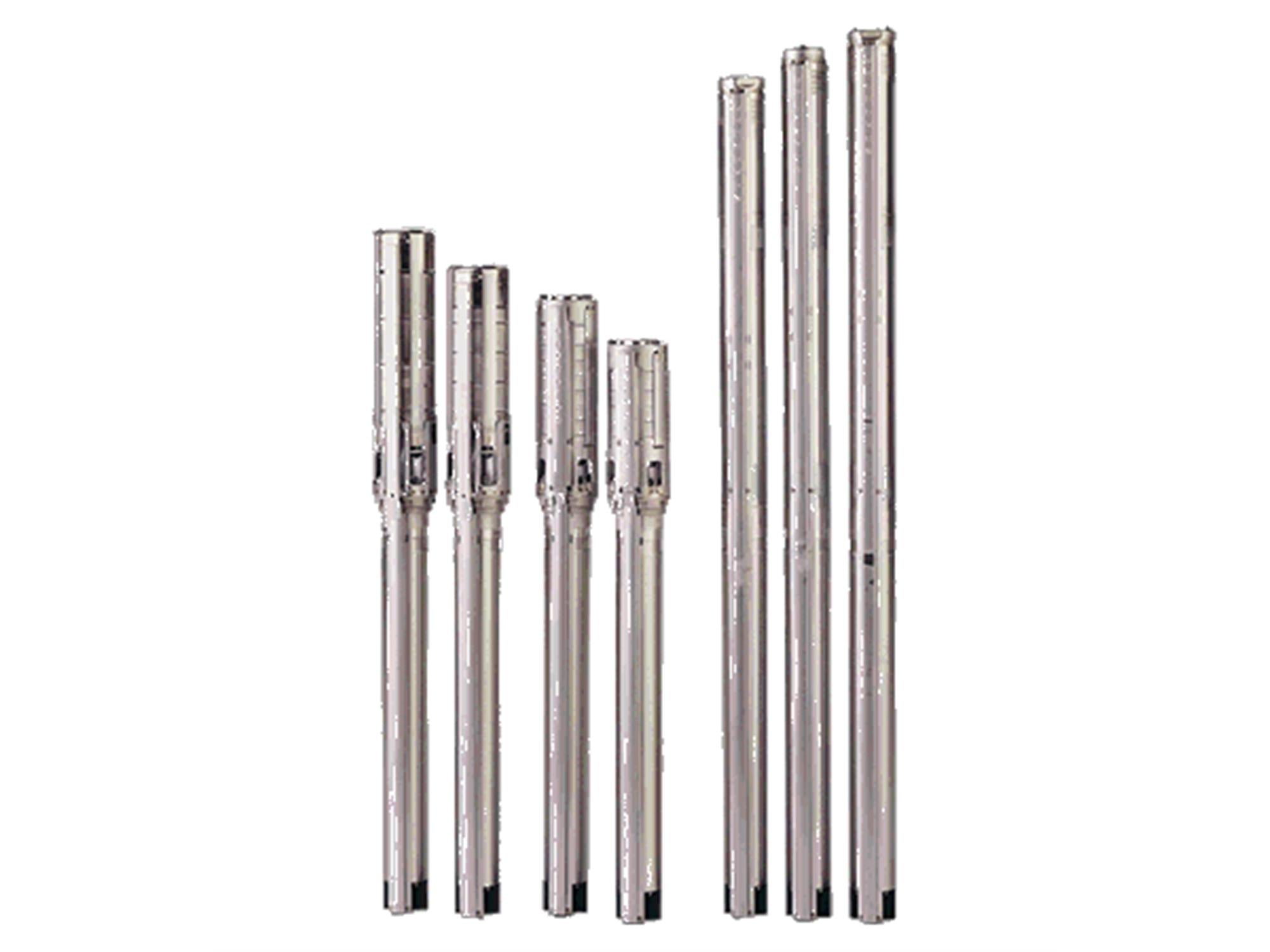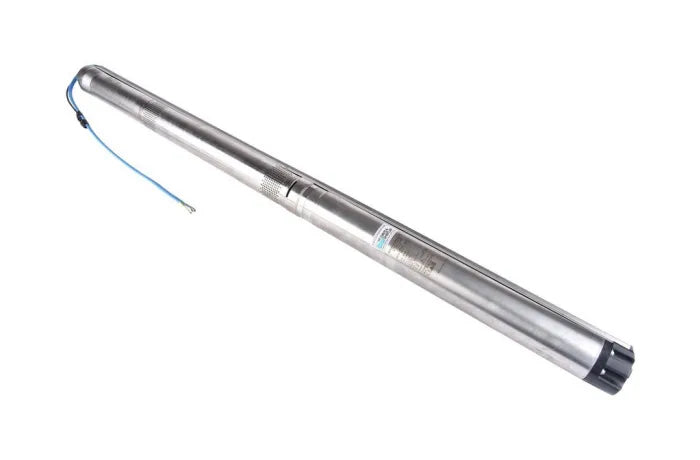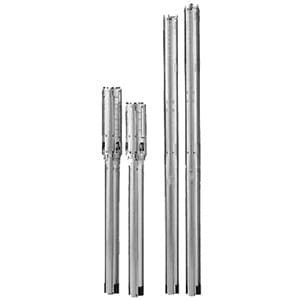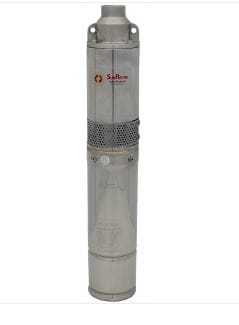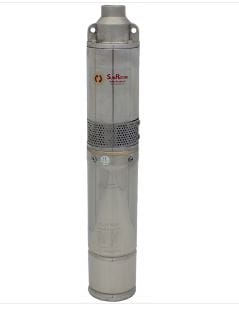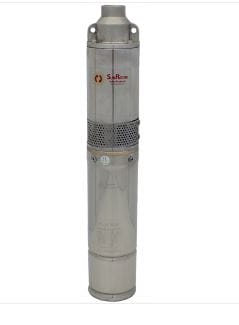Solar-powered water pumps are increasingly popular as a sustainable and cost-effective solution for well, irrigation, and livestock water needs. Solar water pumping systems deliver a reliable, sustainable water supply for irrigation, livestock, and remote locations. Our Grundfos SQFlex Submersible Pumps combine solar power and advanced pump technology for efficient water delivery.
Solar pumps come in various sizes and types, from small 12V pumps for low gallons per minute requirements to larger systems running off 6-panel solar arrays for commercial agriculture. Solar-powered water pumps are ideal for off-grid projects, reducing reliance on grid electricity or diesel fuel. For surface water transfer, Surface Pumps offer flexible installation and are used for irrigation, pond aeration systems, and water tank filling.
Off-grid solar well pumps are particularly useful in remote areas with limited or nonexistent access to electric power. These systems can pump water from a well or other water source to a storage tank, providing a reliable water supply for livestock and irrigation. Pairing a solar water pump system with PV Solar Panels maximizes efficiency, using solar energy to pump water from any water source to a tank or irrigation system.
Benefits of a Solar Water Pump
One of the major benefits of using a solar water pump is the significant cost savings they offer. Solar water pumps are powered by solar energy, which means you can save money by not having to run electricity to run a well pump in remote areas. And like all solar-powered devices, solar water pumps don't have any ongoing operational costs.
This means that once the initial investment is made, the cost of pumping water becomes negligible. Solar water pumps also have a long lifespan, with many models lasting up 15 to 20 years or more.
Key Capabilities
-
Solar-Powered Operation: Pumps run directly from solar panels, converting sunlight into water movement for off-grid and remote locations.
-
Versatile Pump System Options: Choose from submersible, surface, and booster pumps to match your water source, dynamic head, and volume needs.
-
Hybrid Power Input: Many solar water pumps accept both DC and AC power, allowing operation from solar, batteries, or generators.
-
Low Maintenance Technology: Brushless motor designs and corrosion-resistant components ensure long-term, reliable operation with minimal maintenance.
Ideal For
-
Supplying water for Solar Water Pumps for Farms and Livestock, supporting cattle and agriculture with solar-powered water.
-
Off-grid water pumping system installations for cabins, ranches, and remote homes.
-
Irrigation projects and garden watering, using solar-powered water pumps for sustainable agriculture.
-
Deep well and borehole applications with Submersible Solar Well Pumps for high dynamic head and volume.
-
Filling a water tank to store water for livestock, irrigation systems, or household use.
Top Brands in This Collection
Quick Spec Comparison Table
|
Product Name |
Max Flow Rate |
Max Head (Lift) |
Power Input |
Stand-out Features |
|
Grundfos 11 SQF-2 SQFlex Solar Submersible Pump |
11 GPM |
395 ft |
30-300 VDC/90-240 VAC |
Hybrid AC/DC, dry-run protection |
|
Aquatec SWP-4000 Submersible Solar Water Pump |
1.7 GPM |
230 ft |
12-30 VDC |
Made in USA, low power draw |
|
Dankoff Solar Slow Pump Model 1322-XX |
1.5 GPM |
140 ft |
12-48 VDC |
SlowPump design, high efficiency |
|
Shurflo 9300 Submersible Solar Water Well Pump |
1.5 GPM |
230 ft |
12/24 VDC |
Lightweight, field serviceable |
|
Sunrotor SR-6 (48V) Solar Submersible Pump |
6 GPM |
200 ft |
48 VDC |
Helical rotor, continuous duty |

